Dietitian Heather Russell provides a kids' meal plan as well as fun ways to introduce the great fruit and vegetable adventure to young children
Fruit and vegetables are an important part of meals and snacks, providing you and your child with vital fibre, vitamins and minerals. Whether your child is vegan already or going vegan, this blog will give you some ideas about how to help them get their 5-a-day and make their eating experiences as positive as possible.
BreakFEAST
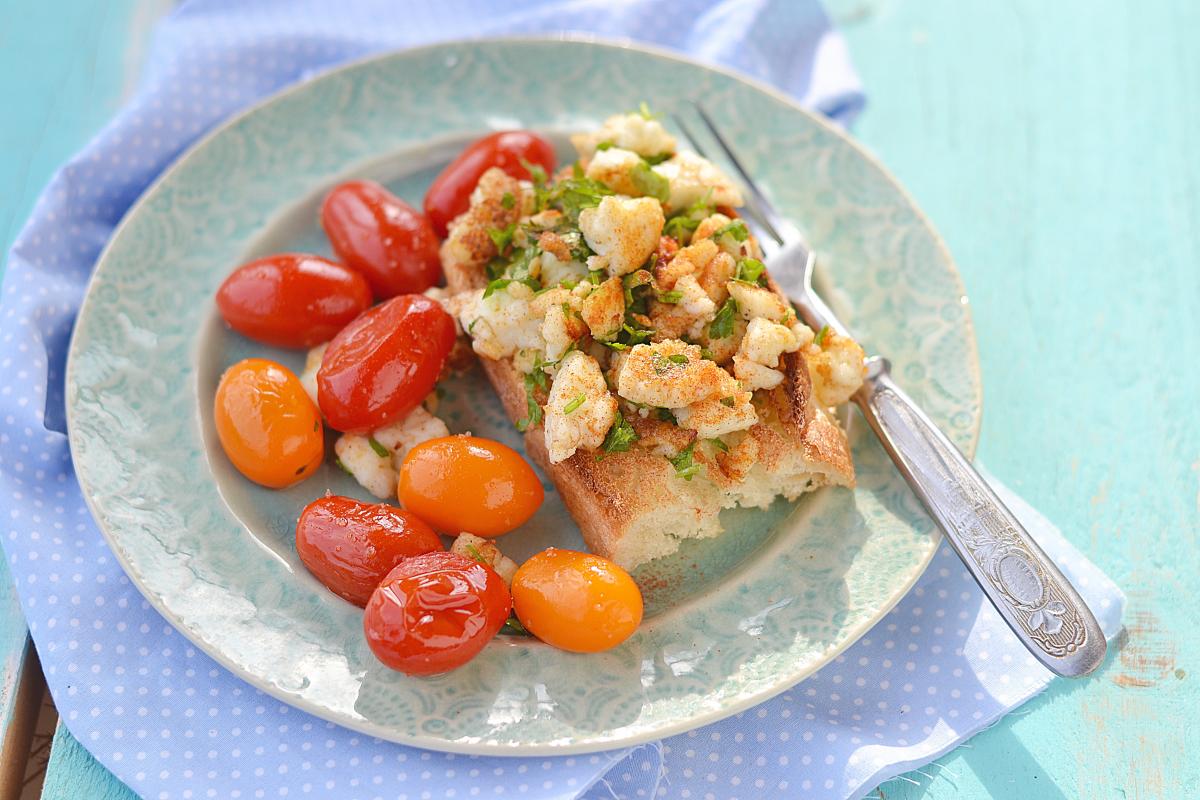
If you’ve got a bit more time at the weekend, why not prepare a cooked breakfast? Below you’ll find some great ideas, all of which count as one of your 5-a-day. As a rough guide, one portion is the amount that your child can fit in their hand (apart from dried fruit).
• Reduced salt and sugar baked beans
• Grilled mushrooms
• Plum tomatoes (canned)
• 150ml orange juice
Love pulses
Beans, chickpeas and lentils are important sources of protein, iron and zinc in vegan diets. Did you know that a serving can count as one of your 5-a-day?
Delicious desserts
Fruit is a nutritious and delicious dessert. The following examples could be served with fortified soya alternatives to yoghurt or custard:
• Baked apple stuffed with dried fruit
• Baked banana (wrap a banana, skin and all, in tinfoil and heat in oven for ten minutes)
• Fast stewed fruit (use microwave)
• Frozen banana alternative to ice cream
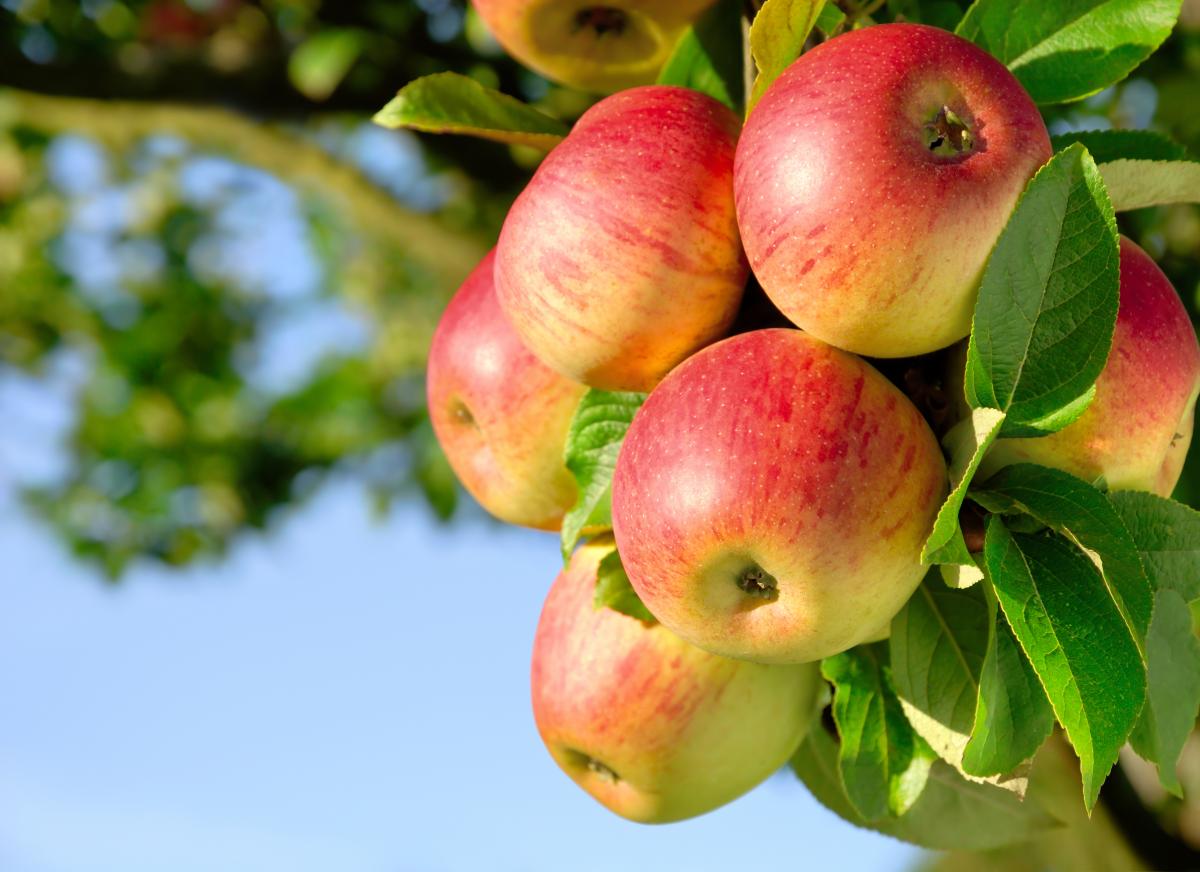
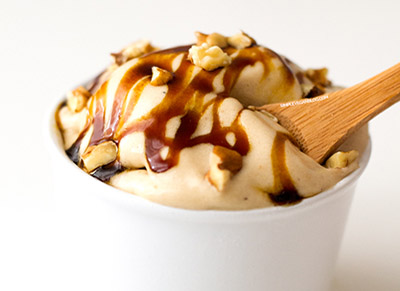
Super snacks
Fruit and vegetables are great snack foods and sometimes they can even be subsidised. For example, if your child is four to six years old and attends a state-funded school in England, they are entitled to receive a free piece of fruit or vegetable every school day. Other countries may offer similar schemes, so get checking.
Your child might be hungry at home time, so make sure that they’ve got some fruit to keep them going as it’s a good source of slow-burning energy. At home, keep a fruit bowl within easy reach to encourage healthy snacking. If you are washing and chopping fruit and vegetables for a meal, seize the opportunity to prepare extra for snacks.
Happy days
This suggested meal plan will help you and your child to enjoy fruit and vegetables throughout the day:
School day
Breakfast
Porridge made with unsweetened fortified milk alternative topped with ground linseed and raisins
Small glass of orange juice
Water
Mid-morning
Satsuma
Water
Lunch
Peanut butter and banana wholemeal sandwich OR hummus and salad wrap (in case of nut free school)
Carrot and pepper sticks OR satsuma
Fortified soya yoghurt alternative
Water
Mid-afternoon
Pear
Water
Evening meal
Calcium-set tofu and vegetable stir fry with rice noodles
Peach slices with soya cream alternative
Suitable vitamin and mineral supplement designed for vegans containing vitamins B12 and D and iodine*
Water
Weekend
Breakfast 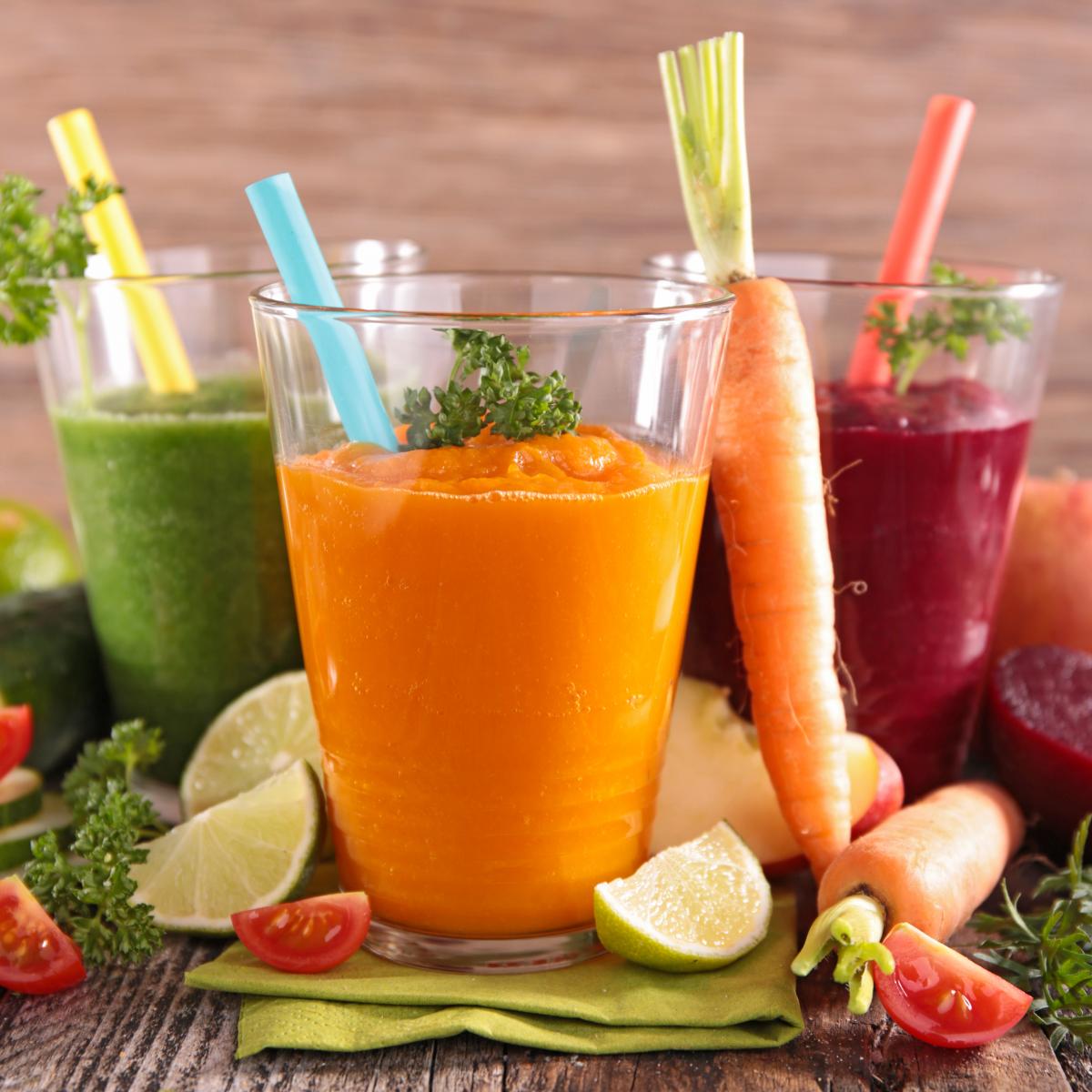
Plum tomatoes on wholemeal toast
Mixed fruit smoothie made with unsweetened fortified milk alternative and ground linseed
Water
Mid-morning
Homemade banana muffin
Water
Lunch
Houmous and salad wrap
Satsuma
Fortified soya yoghurt alternative
Water
Mid-afternoon
Glass of unsweetened fortified milk alternative
Water
Evening meal
Bean chilli, jacket potato and broccoli
Baked apple stuffed with raisins and served with fortified vegan custard
Suitable vitamin and mineral supplement designed for vegans containing vitamins B12 and D and iodine*
Water
Further notes
Ground linseed is a source of essential omega-3 fat, which can be stirred into yoghurt and cereal, or blended into smoothies. You can buy large packs of whole linseed, blend a small quantity, and store it in an airtight container in the fridge to make sure it remains nutritious.
Did you know that calcium-set tofu is a great source of calcium? Fortified alternatives to milk and yoghurt are full of the mineral, too. Include these calcium-rich foods in most of your child’s meals in order to help them hit their daily calcium target.
Beans, chickpeas, lentils, tofu and peanuts provide protein, iron and zinc. Adding sources of vitamin C may help your child to absorb more iron. Pepper, broccoli, cabbage, Brussels sprouts, kiwi fruits, oranges, strawberries, pineapple, grapefruit and orange juice are rich in vitamin C.
Vitamin D supplementation is recommended for everyone in the UK during autumn and winter. Year round supplementation is recommended for some groups, including people who do not regularly expose their skin to sunlight, those with darker skin, and children under the age of five years (apart from those consuming more than 500ml of infant formula daily)*.
Every vegan needs a reliable source of vitamin B12 and iodine in their diet. Vitamin B12 can be obtained from fortified foods or a supplement*. Arguably a supplement is the best way of providing iodine*. Seaweed is rich in iodine, but the content is variable, and some varieties contain too much iodine or contaminants.
*Please discuss the use of supplements with a health professional to ensure that they are suitable for your child.
Step by step
The process of learning to like new foods takes time, and positive experiences will help your child to enjoy eating a variety of fruit and vegetables. Here are some tips:
• Eat together as often as possible
• Be a role model – show your child that you enjoy eating a variety of fruit and vegetables
• If your child refuses to eat something, take it away at the end of the meal, and offer it again another time
5-a-day fun
There are lots of ways to make eating fruit and vegetables fun. Here are some ideas:
• In the supermarket, ask your child to choose something that they’d like to try
• Involve them in the preparation as much as possible
• Tell them a bit about the fruit and vegetables
• Encourage them to make characters, designs and shapes out of fruit and vegetable pieces
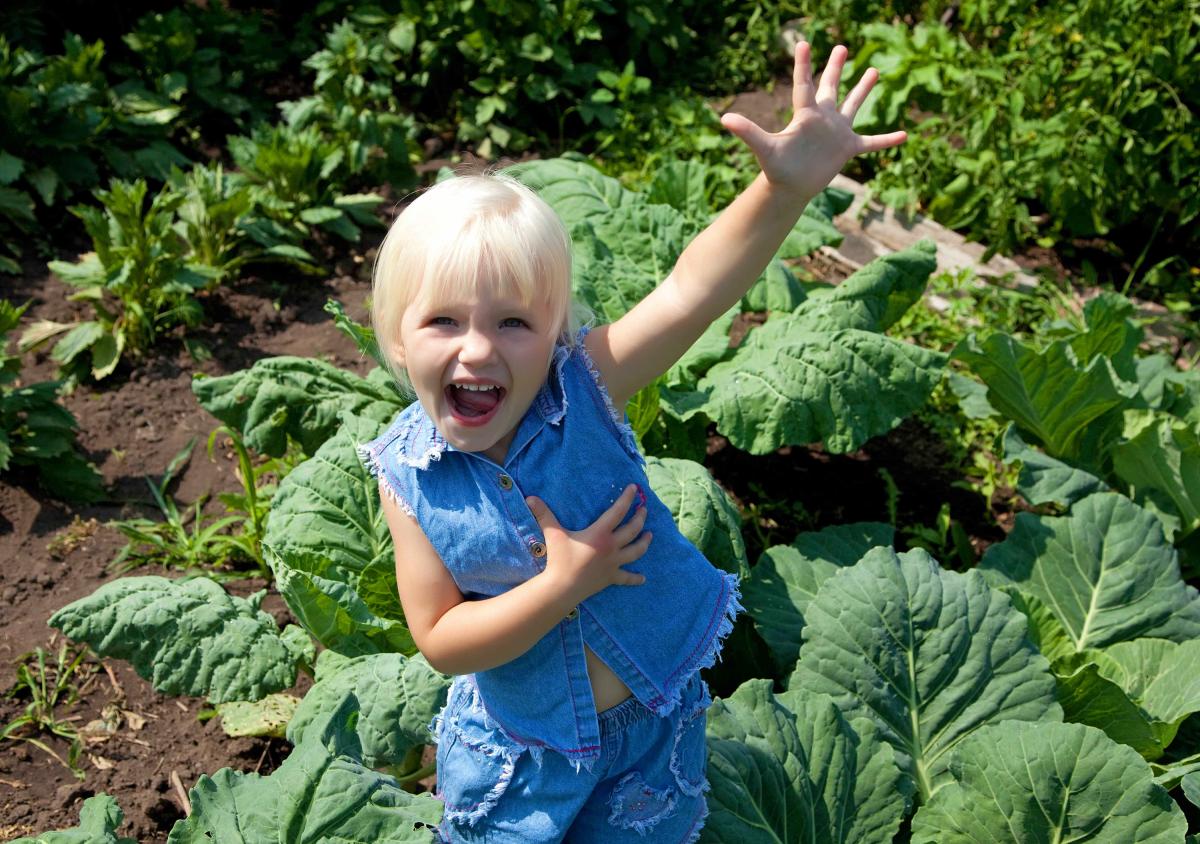
• Get baking! Dried fruit can be added to biscuits, flapjacks and scones (see ‘adding value’ for more ideas).
Green fingers
Growing fruit and vegetables is a brilliant way to get your kids excited about eating them. You don’t need to have lots of space because they can be grown in containers.
Adding value
Ideally, fruit and vegetables should be introduced in a way that allows your child to recognise them. However, there are many ways of adding fruit and vegetables to other foods, which can boost nutritional value. Vegetables can be added to or blended into sauces. You can even increase the fibre, vitamin and mineral contents of cakes! Dates can be used as a sweetener, and you can find recipes that include beans, beetroot, butternut squash, carrot, chickpeas, courgette, parsnip, pumpkin or sweet potato.
Enjoy having some 5-a-day fun!
If you’ve got a nutrition question, please email info[at]vegansociety[dot]com. If you would like an individual nutrition assessment, please ask your GP for a referral to a registered dietitian.
By Heather Russell, Vegan Society Dietitian
The views expressed by our bloggers are not necessarily the views of The Vegan Society.

